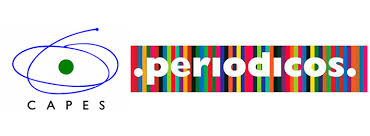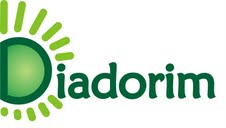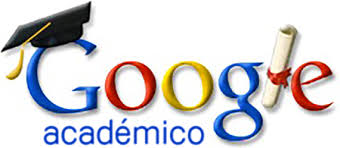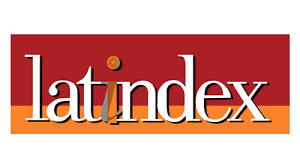A STUDY OF THE ATOMIZATION PROCESS USING NUMERICAL SIMULATION
DOI:
https://doi.org/10.26512/ripe.v2i31.21284Keywords:
Numerical simulation. CFD analysis. Oxidizer injection profile. Spray semi-angle.Abstract
The liquid droplets atomization process plays an important role in several industrial processes and in many aspects of the combustion engines performance, gas turbines, diesel engines and rocket motors. The use of Computational Fluid Dynamics (CFD) to study the atomization process is relatively new and this work studies the atomization spray field using pressure swirl atomizers and the computation simulations was done by the using of the commercial software CFX 15. The parameter analyzed was the semi-angle of the spray. Particles were placed at the entrance and different settings for the primary and secondary breakup were studied. Two models for the primary breakup (BLOB and LISA models) were tested and two other for the secondary breakup (Reitz and Diwakar model and TAB model). The numerical results were compared with experimental data and showed acceptable compatibility.
Downloads
References
Ansys CFX-Solver Theory Guide, 2012.
Bertoldi, A.E.M, Avaliação Experimental da Queima de Parafina e Óxido Nitroso em
Motores Híbridos, Dissertação de mestrado, Universidade de Brasília, 115p. 2007, in
portugue.
Bhatt Y., Arora D., Shaw R. and Golubev V., Numerical Simulations and Perforance
Comparison of Air-Blast and Pressure Jet Atomizers, AIAA 2001-277, 49th AIAA Aerospace
Sciences Meeting Including the New Horizons Forum and Aerospace Explosition, 4-7
January 2001, Orlando, Florida.
Brinckman, Hosangadi, Ahuda, Dash and Felman, A CFD Methodology for Liquid Jet
Breakup and Vaporization Predictions in Compressible Flows, AIAA Paper N° 2008-1023.
Culick, F.E.C., Yang, V., Overview if Combustion Instabilities in Liquid-Propellant Rocket
Engines, In: Liquid Rocket Engine Combustion Instability, Zarchan, P., editor-in-chief,
Progress in Astronautics and Aeronautics, American Institute of Aeronautics and
Astronautics, Vol. 169, 1995.
Fung, M.C., Inthavong K., Yang W., and Tu J., External Characteristic of Spray Atomization
From a Nasal Spray Device, Seventh International Conference on CFD in the Minerals and
Process Industries, CSIRO, Melbourne, Australia, 9-11, December, 2009.
Fung, M.C., Inthavong K., Yang W., and Tu J., Experimental and numerical modeling of
nasal spray atomisation, Ninth International Conference on CFD in the Minerals and Process
Industries, CSIRO, Melbourne, Australia, 10-12, December, 2012.
Lacava, P. T., Bastos-Netto, D., Pimenta, A. P., Design Procedure and Experimental
Evaluation of Pressure Swirl Atomizers, 24° International Congress of the Aeronautical
Sciences, ICAS 2004.
Solanki, S. A., Patel, D. R., and Parikh K. B., Numerical Models of Diesel Spray
Characteristics as Secoundary Break up Stare, International Journal of Advanced
Engineering Research and Studies, IJAERS, Vol. II, Issue III, April-June, 2013/01-04.
Wu. P.K., Hsiang, L.P., Faeth. G.M., Aerodynamic Effects on Primary and Secondary Spray
Breakup, In: Liquid Rocket Engine Combustion Instability, Zarchan, P., editor-in-chief,
Progress in Astronautics and Aeronautics, American Institute of Aeronautics and
Astronautics, Vol. 169, 1995.
Downloads
Published
How to Cite
Issue
Section
License
Given the public access policy of the journal, the use of the published texts is free, with the obligation of recognizing the original authorship and the first publication in this journal. The authors of the published contributions are entirely and exclusively responsible for their contents.
1. The authors authorize the publication of the article in this journal.
2. The authors guarantee that the contribution is original, and take full responsibility for its content in case of impugnation by third parties.
3. The authors guarantee that the contribution is not under evaluation in another journal.
4. The authors keep the copyright and convey to the journal the right of first publication, the work being licensed under a Creative Commons Attribution License-BY.
5. The authors are allowed and stimulated to publicize and distribute their work on-line after the publication in the journal.
6. The authors of the approved works authorize the journal to distribute their content, after publication, for reproduction in content indexes, virtual libraries and similars.
7. The editors reserve the right to make adjustments to the text and to adequate the article to the editorial rules of the journal.









